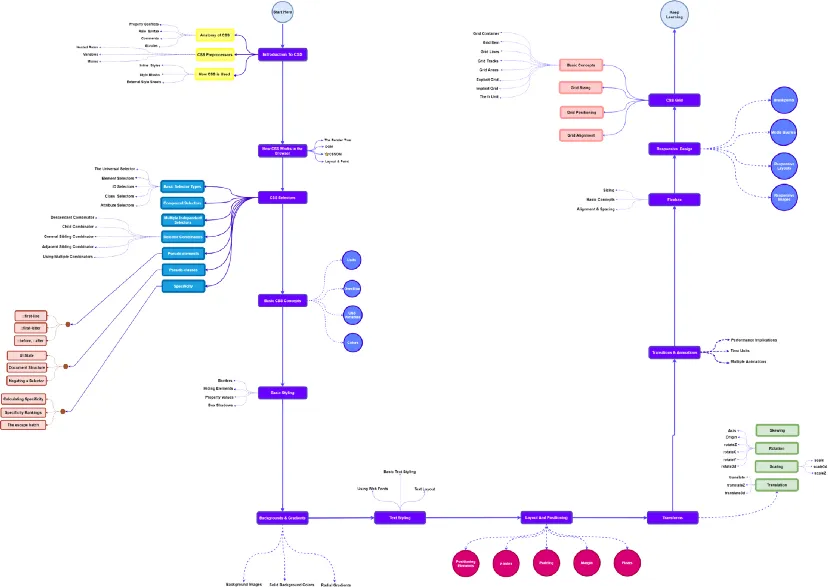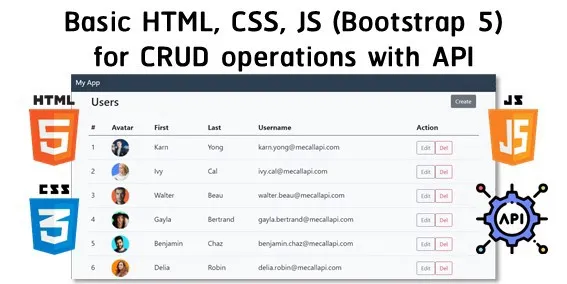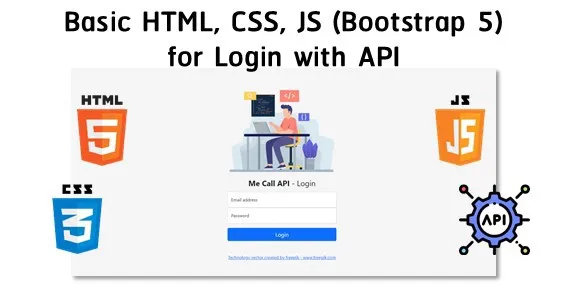Are you prepared to embark on your online journey? Imagine this: You possess a brilliant idea, a vision that holds the potential to transform the world or a deep-seated passion you wish to share with others. Now, envision having a platform that breathes life into this vision, enabling you to connect with individuals across vast distances and make a meaningful impact. This is where web hosting and domain names assume significance.
Are you curious to know more about web hosting and domain names and how they work? No worries! In this all-inclusive guide, we'll take a deep dive into the fundamentals of web hosting and domain names, unravelling these vital elements of your online presence. Rest assured, all your questions will be answered along the way.
The frustration of being unsure where to start or feeling overwhelmed by technical jargon is something we truly understand. That's precisely why our team is here, ready to simplify everything for you in plain and conversational language. We will address any concerns or questions you may have, offering clear explanations that empower and guide you through this exciting process. Together, let us embark on a journey into the world of web hosting and domain names—a realm filled with endless possibilities. Prepare yourself to establish an online presence that resonates with your audience and leaves a lasting impression.
Understanding Web Hosting and Domain Names
Web hosting is a service that enables individuals or businesses to store and publish their website files on internet-connected servers. These servers serve as the bedrock for websites, providing the necessary infrastructure for global accessibility to users.
A domain name refers to a unique and easily memorable address that users can enter into their web browsers in order to access a website. It acts as a more user-friendly alternative to the server's IP address, helping individuals discover and remember your site more effortlessly.
Key Features of Web Hosting:
- Web hosting provides individuals or businesses with allocated server space. This server space allows them to store various files required for their website, including HTML, CSS, and media files.
- Hosting services provide a specific amount of bandwidth. This determines the capacity for data transfer to and from your website within a given time frame.
- A hosting provider's uptime and reliability directly impact your website's accessibility to users. With a reliable provider, your website remains accessible around the clock, ensuring minimal downtime interruptions.
Components of a Domain Name:
- A top-level domain (TLD) refers to the extension found at the end of a domain name, such as .com, .org, or .net. This extension seeks to indicate the nature or purpose of the corresponding website.
- The second-level domain represents the primary part of a domain name and typically signifies the name of a company, brand, or website. It holds significance as it reflects the identity or purpose behind the online presence.
- Subdomains make the main domain more versatile by adding prefixes that create distinct sections or subdirectories on your website. This allows for better organization and navigation within your site's content.
Benefits of Domain Names:
- A domain name plays a crucial role in establishing your brand identity and projecting a polished and professional image for your online presence.
- Custom email addresses can be created with a domain name, allowing for professional communication (e.g., info@yourdomain.com). This lends a polished touch to your correspondence.
Types of Web Hosting Services
When it comes to web hosting, there is a wide range of hosting services available to meet the diverse needs of websites. Understanding these various types will enable individuals to make well-informed decisions when selecting a hosting provider. Let's explore some of the most common web hosting services.
Shared Hosting
- Multiple websites are hosted on the same server, sharing its resources
- Suitable for small businesses, personal websites, and blogs with moderate traffic, this option caters to a diverse range of users.
Virtual Private Server (VPS) Hosting
- VPS hosting offers a unique solution for website owners. With VPS hosting, your website is housed on a virtual server that effectively imitates the experience of having a dedicated server. [
- The resources of the server are divided into partitions, offering greater control and privacy compared to shared hosting.
Dedicated Server Hosting
- In this particular type of hosting, individuals or businesses benefit from the exclusive use of an entire server solely dedicated to their website.
- You have complete control over the server configuration and resources.
- It is ideal for large businesses, e-commerce websites, or websites with high traffic and resource demands. This practical solution caters to the needs of organizations seeking robust capabilities to support their operations effectively.
Cloud Hosting
- Cloud hosting harnesses the power of multiple servers working in unison to host and support your website's infrastructure.
- It allows your website to easily handle sudden increases in traffic, ensuring uninterrupted performance and adaptability.
- Websites that experience fluctuating traffic or have high availability requirements find it suitable for implementation.
- Cloud hosting offers a reliable performance, immediate scalability, and redundancy. This ensures the uninterrupted availability of your website even during server failures.
Managed WordPress Hosting:
- For individuals seeking a streamlined writing experience, this tool is perfect. It allows users to focus solely on their content, free from any technical concerns or distractions.
Choosing the Right Domain Name
Choosing the right domain name is essential for establishing a strong online presence. It serves as your website's address, representing your brand and helping users locate you on the Internet. When selecting a domain name, consider these key factors:
- Reflect Your Brand: When selecting a domain name, it is essential to ensure that it accurately reflects your brand identity. Additionally, the name should be easy to remember and distinguishable from others while remaining relevant to your business or website content. A clever tactic is incorporating industry or niche-specific keywords as this can boost search engine optimization (SEO).
- Keep it Simple and Easy to Remember: When choosing a domain name, it is important to aim for conciseness, easy spelling, and memorability. It is best to avoid complex or uncommon words that could confuse or frustrate your website visitors. Opting for a simple domain name will greatly facilitate people in finding and remembering your website.
- Consider the Extension: When choosing a domain name, it's essential to consider the domain extension or top-level domain (TLD). The TLD refers to the suffix at the end of your domain name, like .com, .org, or .net. While .com is widely recognized and commonly used, there are diverse TLD options tailored for specific industries or countries. It's crucial to evaluate the nature of your website and understand your target audience when selecting an appropriate extension.
- Avoid Trademark Issues: Before finalizing your domain name, it is important to conduct a thorough search to ensure that it does not violate any trademarks. Using a name that is trademarked can potentially lead to legal complications in the future. To be on the safe side, make sure to check with appropriate trademark databases or consult legal professionals for guidance.
- Embrace Future Scalability: When considering a domain name, it is essential to think ahead and take into account your long-term objectives. If you have plans to expand or diversify your services, opting for a more generic domain name would be advantageous. This approach ensures the flexibility to grow without being constrained by a name that is overly specific to your current offerings.
- Utilize Tools and Suggestions: Plenty of online tools and domain name generators are available to assist in brainstorming ideas for a domain name and checking its availability. These tools offer related keywords and variations that may not have been considered, providing more options to discover the perfect domain name.
- Seek Feedback: Feedback is important. Don't hesitate to reach out to friends, colleagues, or your target audience for their input. Gaining different perspectives can provide valuable insights and contribute to making well-informed decisions.
Registering a Domain Name
When establishing your online presence, one crucial step is registering a domain name. This process grants you a unique web address that users can directly enter into their browsers to access your website. To help you navigate through this important endeavor, we put together a comprehensive guide outlining the key aspects to consider when registering a domain name.
- Choose a Reliable Domain Registrar: When it comes to registering and managing your domain name, choosing a reliable domain registrar is crucial. Opt for accredited registrars by ICANN (Internet Corporation for Assigned Names and Numbers) to guarantee the legitimacy and security of your domain. This ensures a smooth registration process followed by ongoing management.
- Check Domain Availability: Before making the final decision on your domain name, it is essential to ensure its availability. You can verify the availability of a domain by visiting popular registrar websites or utilizing specialized domain name search tools. Simply enter your desired domain name, along with the extension (e.g., .com, .net, or .org), and search. If the domain is available, you can proceed with the registration.
- Consider Your Brand and Target Audience: When individuals are selecting a domain name, it is crucial to consider their brand and target audience. The chosen domain should possess ease of memorability while being directly relevant to the respective brand or industry, effectively reflecting the nature of the associated website. It is advisable to contemplate incorporating the brand name itself; suitable keywords related to one's business, or an attention-grabbing phrase that resonates with the intended audience. Simplicity should be pursued while avoiding hyphens or numbers that might confuse users.
- Choose the Right Domain Extension: The way your website's domain name ends can shape users' perceptions. The most common and preferred extension is .com. However, depending on your website's nature, you might want to consider other extensions like .net, .org, or country-specific ones such as .co.uk or .de. It is important to choose an extension that aligns with your website's purpose and the preferences of your target audience.
- Provide Accurate Registration Details: During the registration process, individuals are required to provide accurate contact details. These contact details are associated with their domain and serve administrative and legal purposes. It is essential to keep your contact information, particularly your email address, up to date in order to receive important notifications from the registrar and other domain-related entities.
- Consider Additional Domain Services: Registrars often provide additional services to enhance your domain experience. These services can include privacy protection, which safeguards your contact information from public WHOIS searches, and domain forwarding, which redirects users from one domain to another. It is important to assess your needs and consider these services if they align with your requirements.
Setting Up Web Hosting
When establishing an online presence, one crucial step is to set up web hosting. This section aims to guide individuals through the process of selecting and configuring web hosting for their website. By following these steps, users can ensure a smooth and successful setup.
- Research and Choose a Web Hosting Provider: To start your journey, begin by conducting thorough research on various web hosting providers. This will allow you to identify the one that aligns perfectly with your specific requirements. Take into consideration essential factors such as server reliability, top-notch customer support, reasonable pricing options, and efficient scalability features. It's beneficial to search for providers with positive reviews and a proven track record of consistently delivering reliable services.
- Select the Right Hosting Plan: After selecting a provider, the next step is to choose a hosting plan that suits your website's needs. Take into consideration factors like disk space, bandwidth, and the number of domains or websites you intend to host.
Key Factors to Consider When Choosing a Hosting Plan:
To ensure your website runs smoothly, it is essential to have sufficient disk space available to accommodate all your website files, databases, and media. This ensures optimal performance and prevents any related issues.
- Ensure that the hosting plan provides ample data transfer limits to handle the volume of traffic your website receives effectively.
- When considering domain hosting, it is important to ensure that your chosen plan accommodates multiple websites or domains.
- Scalability is an important factor to consider when evaluating your hosting plan. It involves assessing whether the plan can effortlessly accommodate future growth and handle increased traffic.
- Register or Transfer Your Domain: It is now the moment to register or transfer your domain name. If you do not currently possess a domain, most hosting providers extend domain registration services. In the event that you already have a domain registered with another provider, it is possible to transfer it to your new web hosting account.
- Set Up DNS and Name Servers: The Domain Name System (DNS) is responsible for translating domain names into IP addresses, enabling the loading of websites. To ensure your website is accessible, you must configure your domain's DNS settings to point it to the correct name servers provided by your hosting company. This important step ensures the proper connection between your domain and web hosting account.
- Install and Configure Your Website: After completing the previous steps, users are now able to install and configure their website. Most hosting providers offer convenient tools like cPanel or one-click installation scripts such as Softaculous.
Connecting a Domain Name to Web Hosting
Once you register a domain name and obtain web hosting services, the subsequent step involves linking your domain name to your hosting provider. This crucial process establishes your online presence and guarantees accessibility of your website to visitors.
To establish a connection between your domain name and web hosting, you can follow the following steps:
- Locate your domain registrar's DNS settings: To configure your domain with your hosting provider, follow these steps:
- Access your domain registrar's account.
- Locate the DNS settings within the account.
- Make necessary changes to align your domain with the hosting provider.
- Obtain the name servers from your hosting provider: To obtain the name servers from your hosting provider, you will need to acquire the assigned name server addresses and input them in the DNS settings of your domain registrar. These name servers serve as the crucial connection between your domain name and hosting server.
- Update the name servers: To update the name servers, navigate to the DNS settings in your domain registrar's account. Locate the option for updating name servers and input the server addresses provided by your hosting provider. Remember to save the changes once you're done.
- Allow propagation time: Propagation time should be allowed for DNS settings changes to take effect across the Internet. Typically, it takes a few hours; however, in certain cases, it might require up to 48 hours for the changes to become fully operational. During this period, intermittent access issues may arise for users visiting your website.
- Verify the connection: To confirm the connection, once the propagation period is complete, you can test your domain name's link to your web hosting. By accessing your website using the domain name, you will be able to determine if everything has been set up correctly. If there are no issues, your website should load smoothly.
When dealing with different domain registrars and hosting providers, it is important to note that there may be slight variations in their processes or terminology. If you come across any difficulties while connecting, we recommend consulting the documentation or support resources provided by your specific registrar and hosting company. Alternatively, you can reach out to their customer support team for assistance.
Conclusion
In this guide, we provide an explanation of what web hosting entails and how domain names function. We also explore the different types of hosting options available to you. Additionally, we offer helpful tips for selecting the right web host that suits your specific needs and share recommendations on some popular providers. Thank you for taking the time to read this information!



